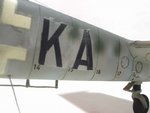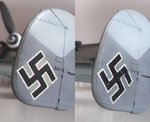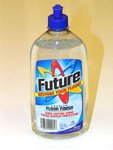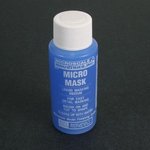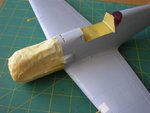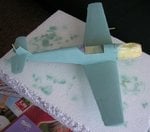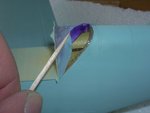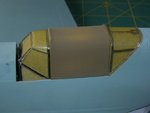Here you are the effect of the silvering. In the last image you can see how the properly applied decal marking should look like.Source - IPMSStockholm.
Tech Tips: Ageing Models, Silvering Decals and Biological Warfare - About Reversing Decal Silvering
Tech Tips: Ageing Models, Silvering Decals and Biological Warfare - About Reversing Decal Silvering
Attachments
Last edited:

